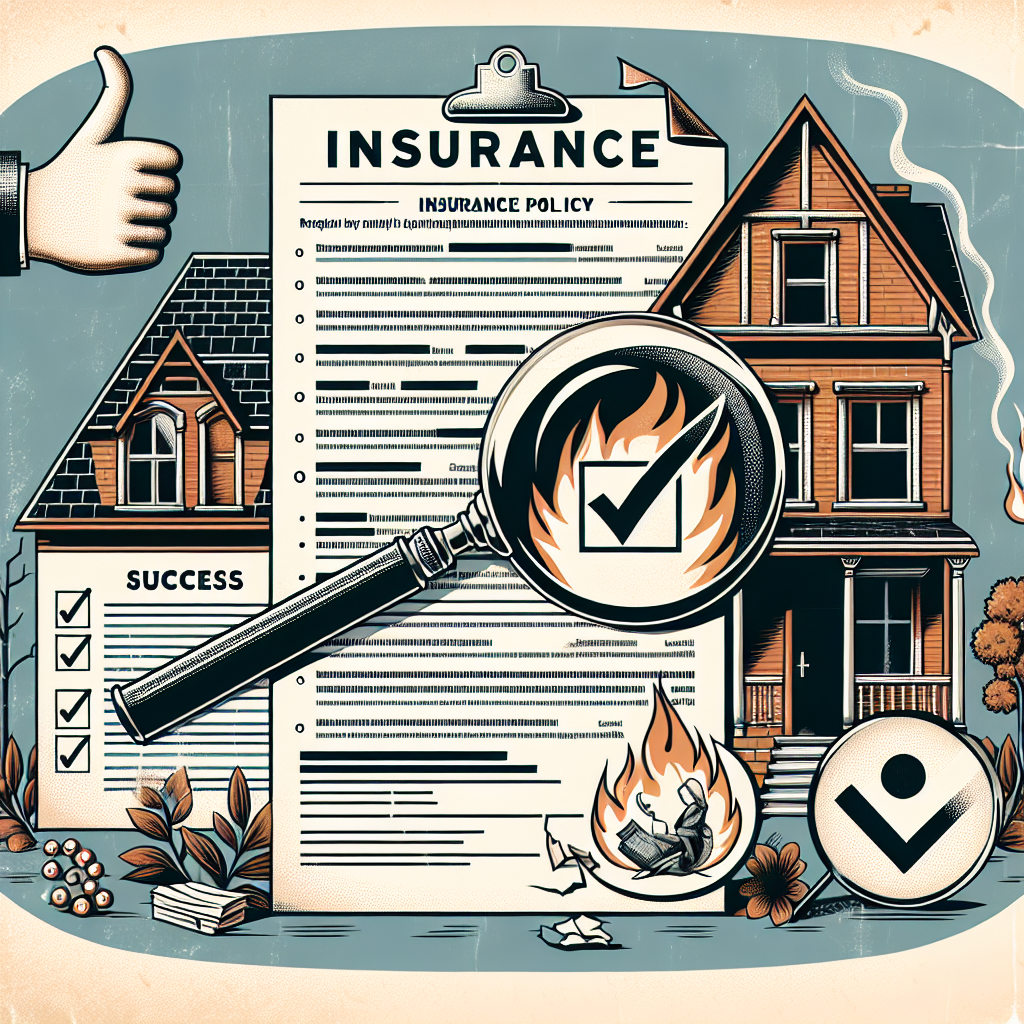Filed under Home Insurance on
Determining Your Home Insurance Coverage Needs

Deciding the appropriate home insurance coverage for your property can often feel overwhelming. However, by understanding various components and aligning them with your personal needs, you can tailor a policy that offers optimal protection. This article delves into vital aspects of home insurance, providing you with the knowledge needed to make informed decisions and safeguard your cherished home.
Understanding Home Insurance Coverage Needs
Before diving into specifics, it’s crucial to grasp the primary purpose of home insurance. Essentially, it serves as a financial safety net, covering potential losses and damages to your home and belongings, alongside liability coverage for injuries to others or damage to their property.
Assessing the Value of Your Home and Belongings
The cornerstone of determining your home insurance coverage needs lies in accurately assessing the value of your home and personal possessions. There's a profound connection between the actual cash value and replacement cost value that helps ascertain this.
- Actual Cash Value (ACV): This method factors in depreciation, providing coverage based on the current market value of your property or belongings.
- Replacement Cost Value (RCV): Offers coverage based on the cost to replace or repair your home or possessions at current prices, without depreciation deductions.
Understand these calculations to ensure that you’re neither underinsured nor overinsured.
The Importance of Liability Coverage
Liability coverage is an often overlooked, yet vital component in determining your home insurance coverage needs. It protects you against lawsuits for bodily injuries or property damage caused by you, your family members, or pets. According to industry experts, a prudent strategy is to have liability coverage that surpasses your total assets, providing peace of mind.
Consider Local Risks and Natural Disasters
Geographic location plays a significant role in shaping your home insurance coverage needs. Different regions are prone to distinct natural disasters, including floods, earthquakes, or hurricanes. Many standard policies exclude these events, requiring additional coverage, such as:
- Flood Insurance: Necessary if you reside in flood-prone areas. Check the FEMA flood map to assess risks.
- Earthquake Insurance: Essential for homes in seismically active locations. States like California often necessitate this coverage.
- Windstorm Insurance: Crucial for coastal areas vulnerable to hurricanes or significant storms.
Evaluating local risks equips you in fine-tuning your home insurance policy.
Impact of Local Crime Rates
High crime rates can influence your home insurance needs and premium costs. Homes in areas with elevated theft, burglary, or vandalism incidents may necessitate more comprehensive personal property coverage. Implementing security systems can lower risks and potentially reduce insurance premiums.
Understanding Policy Limits and Deductibles
Key elements influencing your home insurance coverage needs include policy limits and deductibles. The policy limit is the maximum amount an insurer will pay for a covered claim. It should, at a minimum, cover the estimated reconstruction cost of your home, not its market value.
Deductibles, on the other hand, are out-of-pocket expenses you pay before your insurer covers the rest. Opting for a higher deductible generally lowers your premium but increases upfront costs during claims. Striking the right balance is crucial.
Evaluating Personal Liability
Your lifestyle and assets also dictate home insurance coverage needs. For instance, owning high-value items like jewelry, art, or collectibles may require additional riders or floaters for comprehensive coverage. If you frequently entertain guests or have a swimming pool, consider elevating liability coverage to mitigate risks of accidental injury on your property.
The Role of Inflation and Market Trends
Market fluctuations and inflation impact reconstruction costs, affecting home insurance coverage needs. Regularly reviewing and updating policy limits ensures alignment with current economic conditions. The Insurance Information Institute advises homeowners to reassess coverage every one to two years for sustained adequacy.
Industry Insights on Home Insurance Coverage
Industry experts emphasize the importance of custom-tailoring insurance policies. "A one-size-fits-all approach often leads to coverage gaps," notes John Valenta, an insurance risk analyst. Instead, he recommends periodic consultations with agents to evaluate changes in home value or personal circumstances.
Technological Advancements and Smart Home Devices
As smart home technology becomes increasingly prevalent, understanding how these gadgets can affect home insurance rates is pertinent. Devices such as smoke detectors, security cameras, and water leak sensors often lead to premium discounts due to their risk mitigation properties.
Concluding Tips for Determining Home Insurance Coverage Needs
Determining your home insurance coverage needs demands attentive analysis of multiple factors. Regularly update your policy to reflect changes in asset value, financial circumstances, and personal needs. Engage with reputable agents who can provide insight into intricacies and innovations within the insurance domain.
Ultimately, comprehensive understanding and proactive engagement secure not just your home, but also enduring peace of mind.





